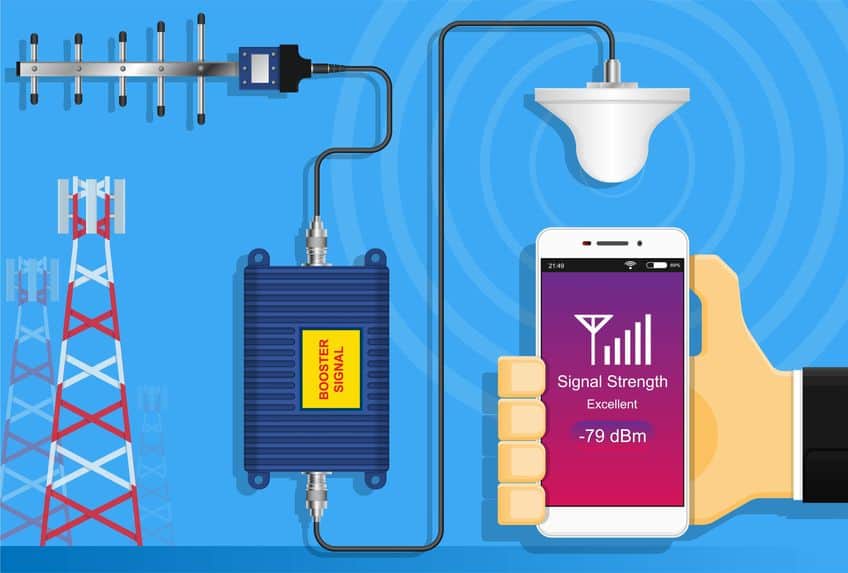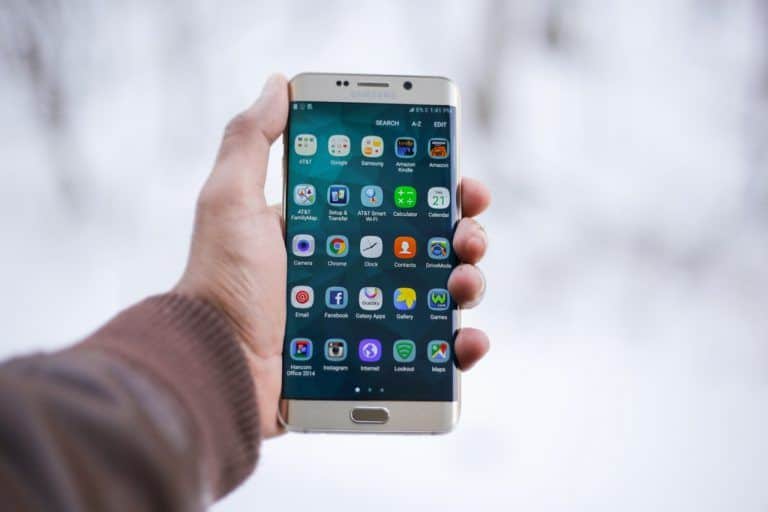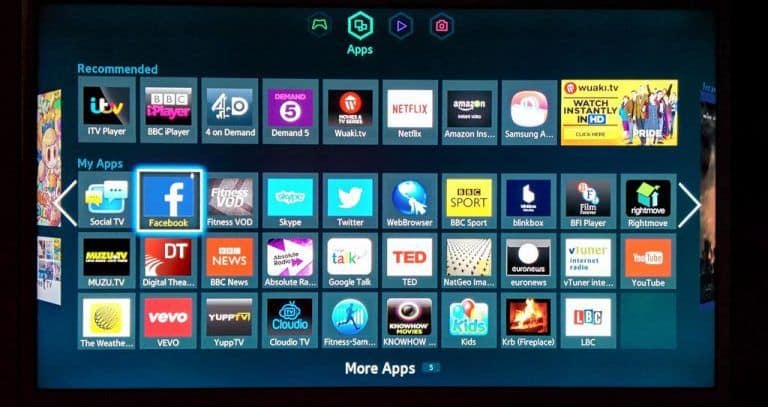Career Paths You can Take After UI Designer Course

From customers downloading digital coupons to employees taking business calls or communicating with colleagues, cell service is an everyday modern necessity.
However, despite the fast deployment of network infrastructure, some business buildings even commercial fleets still have poor cell phone reception, causing employee frustration and hampering productivity.
Employees will have to go outside to get a signal, disrupting their work and performance. With that said, you can improve your cell phone reception with a signal booster.
To explain the basics of signal boosters for business use in your area, it’s best to ask the experts, like Connected Solutions Group, a leading wireless hardware reseller and distributor who can answer all your queries.
To better understand why some businesses, struggle with poor signal reception. Read on:
Reasons For Poor Cellular Receptions In Businesses
When people experience poor signal coverage and dropped calls. They often blame it on the carrier network. However, carriers are not always at fault. Most of the time, the reliability of cell signal coverage has more to do with the external factors such as the materials used to construct the warehouse or office building.
Concrete, metal, and energy-efficient construction materials tend to weaken incoming phone signals. You can get a strong signal outside the building. However, it tends to weaken as it passes through obstructing materials.
Other than the building itself, trees, rocks, hills, mountains, and even inclement weather such as snowfall, winds, and rain can block reception and weaken your phone signal.
In addition, you should also consider the physical distance between you and the tower. If your area has limited cell towers, then your phone signal will suffer. This is why phone signal strength tends to be better in populated areas since there is more cellular infrastructure. However, even in these areas, phone signals can suffer because of network congestion and traffic.
These issues go beyond the physical office space. They can also have a significant impact on your commercial fleets. These vehicles are often made of metal which blocks signals from reaching a driver’s device. Plus, they can also travel through poor reception areas.
Whether your business happens in the office or out on the road, a poor signal can have a significant impact on your daily operations.
Signal Booster: What Is It And How Does It Work?
As its name implies, a signal booster can help in improving cellular signal strength inside retail spaces, office buildings, and warehouses. This allows your business to keep employees connected and communicating effectively with customers.
A signal booster consists of three main elements:
Exterior antenna
Also known as donor antenna, the exterior antenna is often installed on the roof which receives and sends signals from the tower.
Amplifier
Sometimes called repeater or booster, the amplifier boosts both signal coming from the tower to your phone and the signal going back to the tower. The amplifier is connected to the indoor and outdoor antenna via coaxial cable.
Interior Antenna
After amplification, the indoor antenna then distributes the signal to the area with a weak signal or no reception. It also receives signal from your phone.
Other than these 3 main parts, a signal booster may also include optional components including a lightning surge protector, an attenuator that helps reduce unwanted frequency signals, a tap, and a splitter.
Types Of Signal Booster Antennas
You’ll find several types of antennas for a signal booster. For exterior antennas, you have two options.
Directional Antenna
Often referred to as Yagi antennas, a directional antenna uses a reception window pattern that’s similar to a flashlight. With its 50-degree window of reception, this type of antenna is primarily built to access one specific cell tower. However, it can also capture omnidirectional signals from other cell towers that may not be in its window of reception.
Due to the more focused window of reception, a directional antenna can reach more distant cell towers than the omnidirectional types. This is best for stationary spaces such as buildings and office spaces with a clean line of sight to a faraway cell tower.
Omnidirectional Antenna
This type of outdoor antenna uses a reception pattern that’s similar to a lantern’s glow. With such a signal receiving pattern, an omnidirectional antenna can access multiple towers simultaneously.
This makes it a suitable option if you have strong to moderate signals outside of an office building as well as for in-motion spaces such as trucks or commercial fleets.
Like outdoor antennas, an interior antenna is available in several types:
Dome antenna
If you have a single-floor, square-shaped business space, then a dome antenna is a good option. These are installed on the ceiling, transmitting a glow-like signal downward.
Panel antenna
Best suited for the rectangular, long spaces and multi-floor buildings, a panel antenna transmits a beam-like signal, depending on the angle but is most commonly around 45-degrees. Panel antennas are installed on ceilings and walls without requiring access behind the wall or ceiling.
Whip antenna
If you have a small office building or need a booster for commercial vehicles, then whip antennas are the best option. This type of antenna radiates the signal outward in every direction and is usually used for entry- to mid-level systems.
Conclusion
And there you have it. A signal booster is a game-changing solution in ensuring good phone reception in your business space. Take this article as a guide to decide on what is appropriate to use for your different needs in the office or your business’ commercial fleets. Finding ways to improve your cell phone reception is a valuable and beneficial investment which results to





